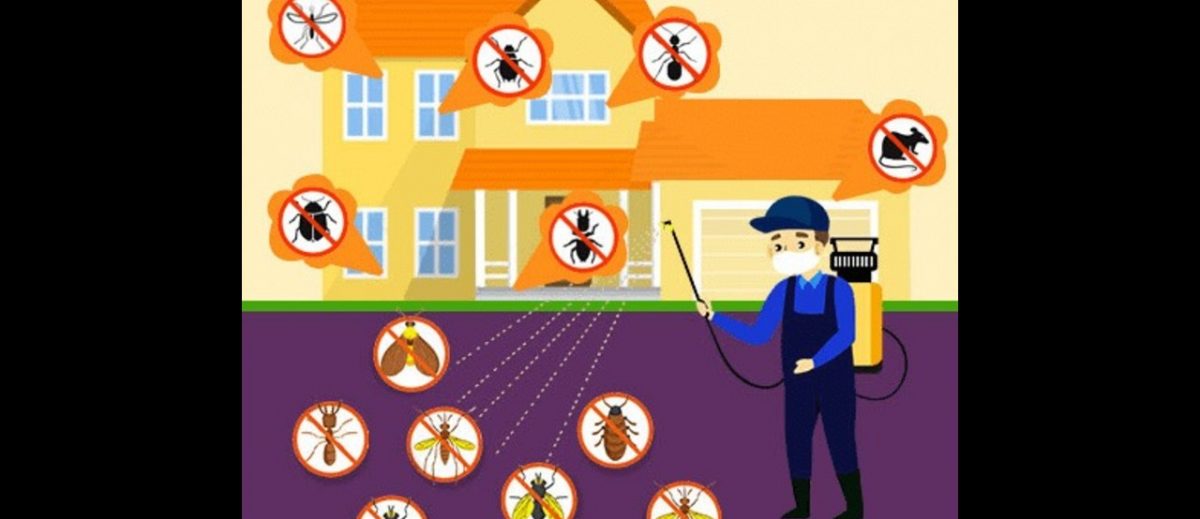
Introduction:
Pest control is a vital aspect of maintaining a healthy and productive environment. However, the methods used to manage pests often involve the use of pesticides, which can have unintended consequences on the environment. In this blog post, we will delve into the various aspects of the environmental impact of pesticides in pest control.
Water Contamination: Pesticides have the potential to contaminate water sources, posing a significant threat to aquatic ecosystems. Runoff from treated fields or improper disposal can introduce pesticides into rivers, lakes, and groundwater. This contamination may harm aquatic life, disrupt ecosystems, and even find its way into our drinking water.
Impact on Non-Target Species: Pesticides are designed to target specific pests, but they can also affect non-target species. Beneficial insects, birds, and other wildlife may be unintentionally harmed by the toxic chemicals. This disruption to the natural balance of ecosystems can lead to a cascade effect, affecting entire food chains.
Residue in Soil: Pesticides can persist in the soil for extended periods, impacting the soil’s health and fertility. The accumulation of pesticide residues can harm beneficial soil microorganisms and disrupt nutrient cycling. Additionally, some pesticides can leach into deeper soil layers, further contributing to environmental degradation.
Resistance in Target Pests: Over time, pests can develop resistance to pesticides, necessitating the use of stronger and more toxic chemicals. This continuous cycle not only poses a threat to pest control effectiveness but also intensifies the environmental impact as stronger pesticides are introduced into ecosystems.
Airborne Drift: During pesticide application, there is a risk of airborne drift, where the chemicals may be carried by the wind to unintended areas. This can lead to contamination of nearby crops, natural habitats, and even residential areas, exposing non-target organisms to potential harm.
Loss of Biodiversity: The cumulative impact of pesticide use on water, soil, and non-target species can contribute to the loss of biodiversity. As ecosystems are disrupted, some species may decline or disappear, affecting the overall health and resilience of ecosystems.
Conclusion:
Understanding the environmental impact of pesticides in pest control is crucial for developing sustainable and eco-friendly alternatives. Integrated pest management (IPM) strategies that focus on minimizing pesticide use, promoting natural predators, and employing environmentally friendly practices can help strike a balance between effective pest control and ecological preservation. By adopting such approaches, we can work towards maintaining a healthier environment for current and future generations.